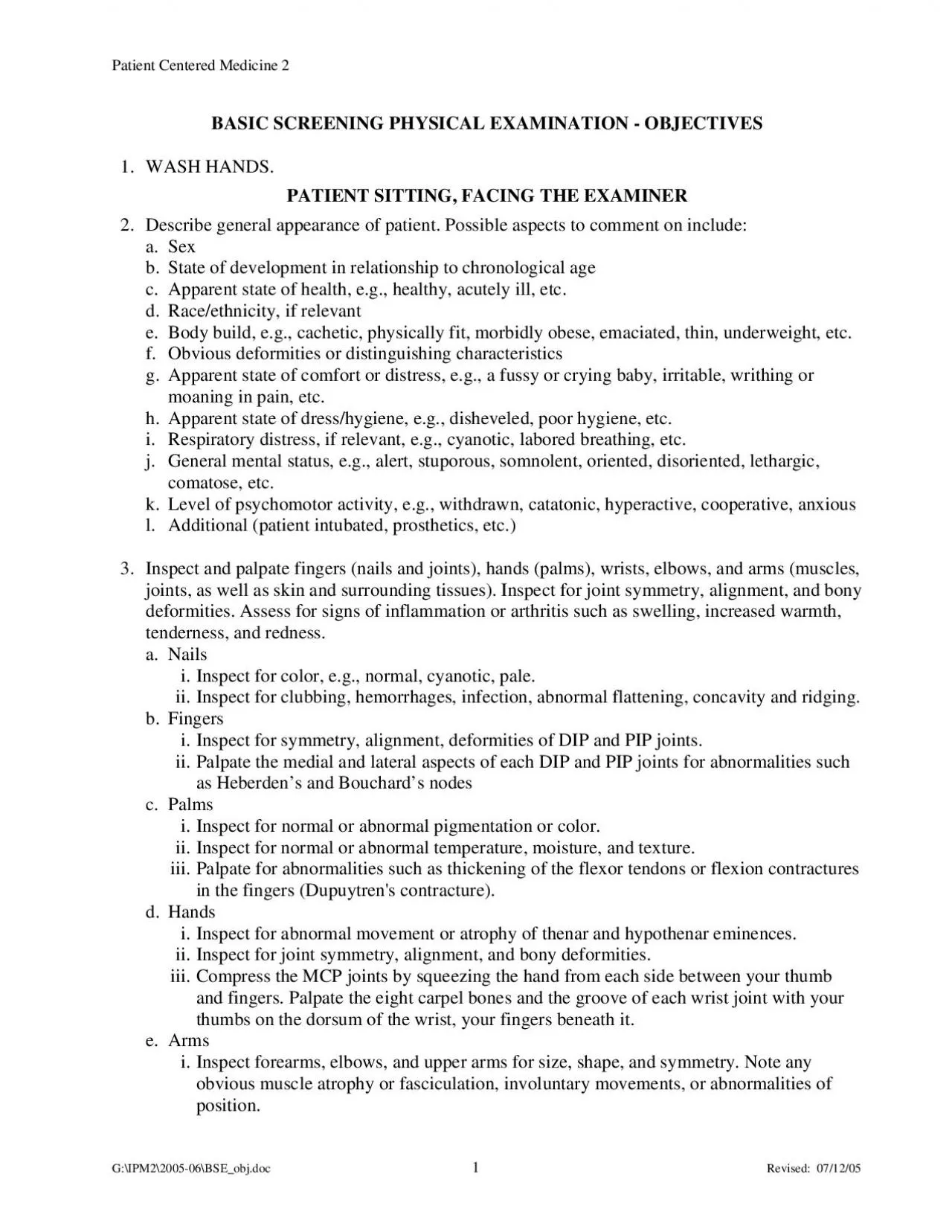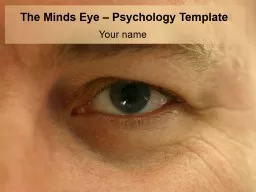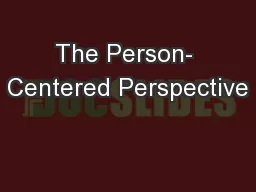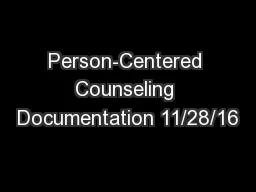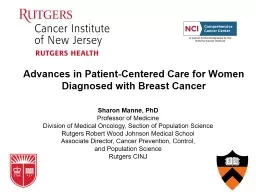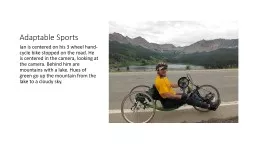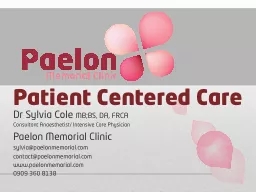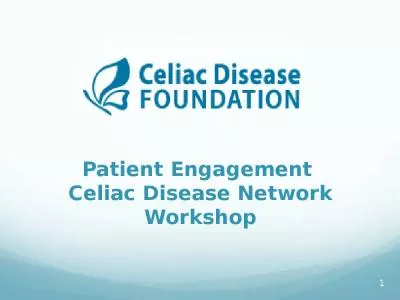PDF-Patient Centered Medicine 2
Author : sadie | Published Date : 2022-08-20
BASIC SCREENING PHYSICAL EXAMINATION OBJECTIVES WASH HANDS NG THE EXAMINER 2 Describe general appearance of patient Possible aspects to comment on include a g Apparent
Presentation Embed Code
Download Presentation
Download Presentation The PPT/PDF document "Patient Centered Medicine 2" is the property of its rightful owner. Permission is granted to download and print the materials on this website for personal, non-commercial use only, and to display it on your personal computer provided you do not modify the materials and that you retain all copyright notices contained in the materials. By downloading content from our website, you accept the terms of this agreement.
Patient Centered Medicine 2: Transcript
Download Rules Of Document
"Patient Centered Medicine 2"The content belongs to its owner. You may download and print it for personal use, without modification, and keep all copyright notices. By downloading, you agree to these terms.
Related Documents

